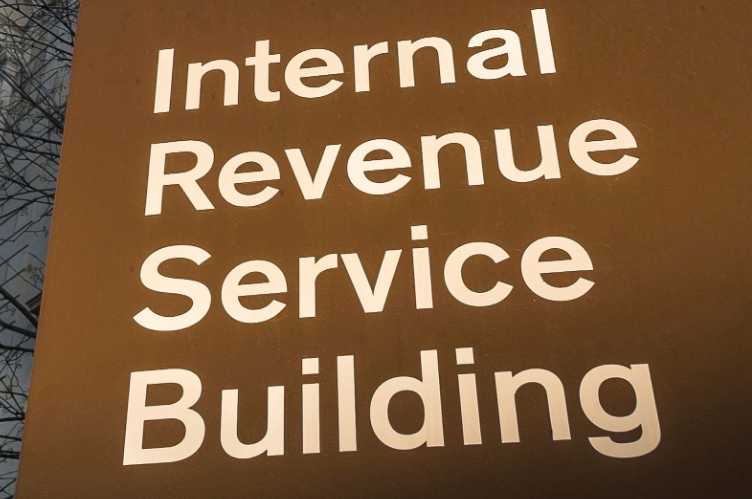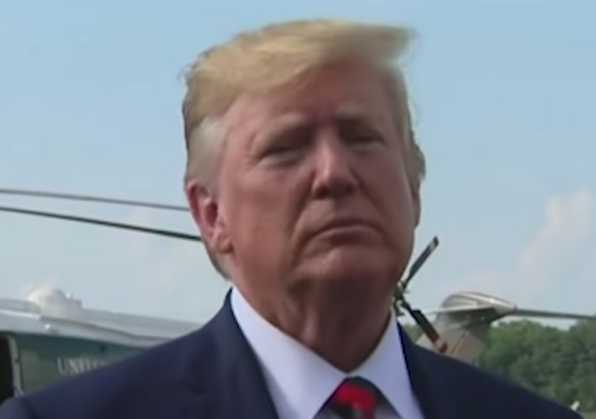THE WHITE HOUSE — U.S. President Joe Biden laid out his 2025 government spending priorities on Monday in a $7.3 trillion plan that has little chance of being enacted by the politically divided Congress.
Biden touted the proposal as he traveled to New Hampshire to sell Americans on his plan to increase taxes on the wealthy and to highlight his values and priorities to woo voters in a key swing state.
During a visit to Goffstown, Biden pulled a line from last week’s State of the Union address to show how he is different from his main rival, former President Donald Trump. Speaking Monday at the YMCA, at a charity-run community center, he kicked a particularly sensitive political football once again — health care and pensions for the elderly.
“Even this morning, Donald Trump said cuts to Social Security and Medicare are on the table again,” he said, adding, “I’m never going to allow that to happen.”
Biden’s budget for the fiscal year starting October 1 calls for a liberal wish list of policies favored by many Democrats — sharply higher taxes on corporations and wealthy individuals and more assistance for low- and middle-income earners to help them pay for high housing and child care costs.
The president’s plan would raise the corporate tax rate from 21% to 28%, impose a rate increase on individuals earning more than $400,000 a year, and force those with more than $100 million in wealth to pay at least a 25% income tax.
“I’m a capitalist, man,” Biden said Monday in New Hampshire. “Make all the money you want — just begin to pay your fair share of taxes.”
At the same time, Biden wants to increase the government’s authority to negotiate with pharmaceutical companies to lower the cost of drug prices. In the United States, people who need to fill medical prescriptions often pay more for their pills than patients in other countries for the same medications. He also called for reinstating a child tax credit for low- and middle-income earners that has lapsed.
White House budget officials say the spending proposal would cut the government’s chronic annual deficit spending by $3 trillion over the next decade, slowing but not halting the growth of the burgeoning national debt that has reached $34.5 trillion.
The budget, said Shalanda Young, director of the U.S. Office of Management and Budget, has a stated goal of “lowering costs for families growing the economy from the middle out and bottom up, by investing in all America to make sure the middle class has a fair shot. And we leave no one behind,” she told reporters on a Monday morning call.
The largest item in the national budget is defense. But defense officials say the numbers aren’t as big as they sound, with a senior defense official telling reporters during the budget rollout process that it “is not enough of an increase to cover inflation.”
Consumer advocates disagree with that characterization. Lisa Gilbert, executive vice president of Public Citizen, argues that priorities are misplaced.
The Pentagon “is a three-quarters-of-a-trillion-dollar agency that has never once passed an audit. It’s infamous for waste, fraud and bankrolling defense corporations,” Gilbert said.
“It’s impossible not to comment on the $895 billion defense top line,” she said. “War hawks squealing that a 1% increase to defense spending is ‘meager’ or ‘catastrophic’ lack perspective altogether. The true catastrophe is the existing scale of U.S. military spending.”
Biden again called for funding tighter immigration controls at the U.S.-Mexico border and more aid for Ukraine, Israel and Taiwan. Funding for the border restrictions and foreign assistance is currently stalled in a lengthy congressional debate over how tough the migration restrictions should be and to what extent the U.S. should continue to fund Ukraine in its fight against Russia’s two-year invasion.
Biden’s budget proposal echoed some of the themes he offered at his State of the Union address last week.
“Imagine a future with affordable child care. … Imagine a future with paid leave, because no one should have to choose between working and taking care of a sick family member. Imagine a future of home care and elder care and people living with disabilities so they can stay in their homes, and family caregivers can finally get the pay they deserve.”
Democratic Senator Sheldon Whitehouse, a Biden ally, also highlighted the difference between Biden’s vision and Trump’s in a statement about the budget proposal. Lawmakers in this deeply divided Congress are responsible for passing the annual budget.
“The contrast couldn’t be starker, and the stakes couldn’t be higher,” said Whitehouse, chairman of the Senate Budget Committee. “I look forward to working with the White House and Democrats in Congress to make the President’s vision a reality.”
That contrast has turned off Republicans, who on Monday panned Biden’s budget for its “reckless spending.”
Republicans traditionally favor tax reductions and lower government spending — as House Speaker Mike Johnson, House Majority Leader Steve Scalise, Majority Whip Tom Emmer, and Republican conference chair Elise Stefanik noted in a joint statement on Monday.
“Biden’s budget doesn’t just miss the mark — it is a road map to accelerate America’s decline,” they said. “While hardworking Americans struggle with crushing inflation and mounting national debt, the President would increase their pain to spend trillions of additional taxpayer dollars to advance his left-wing agenda.”
The political disputes this year have been even more protracted than usual, with spending levels not yet set for more than half the government for the 2024 fiscal year that started October 1. Just last week, Congress approved funding for not quite half the government agencies and is facing a March 22 deadline to set spending levels for the rest.
Last Thursday, Republicans in the House of Representatives issued a plan to balance the federal budget within the next 10 years by cutting $14 trillion in federal spending, including two Biden favorites — green energy subsidies and student loan forgiveness.
The White House called the plan unworkable.
Trump, virtually assured of the Republican presidential nomination to face Biden again after losing to him in 2020, offered some of his economic proposals Monday in an interview on CNBC.
He called for his 2017 tax cuts that greatly benefited wealthy wage earners to be extended beyond their scheduled 2025 expiration date.
“I think taxes could be cut. I think other things could happen to more than adjust that. But I’m a big believer in tariffs,” Trump said.
He said the imposition of new tariffs on imports helps American businesses when they are “being taken advantage of” by China and other nations.
“Beyond the economics, it gives you power in dealing with other countries,” Trump said.
He said he was not concerned about any possible retaliatory tariffs from other countries.
Democrats generally say the higher tariffs that Trump advocates hurt consumers, because companies importing foreign goods often add the tariff costs to the cost of consumer goods sold in the U.S.
On bitcoins and other cryptocurrencies, Trump said he has “seen that there has been a lot of use of that. And I’m not sure that I’d want to take it away.”
[content id=”52927″][content id=”79272″]








